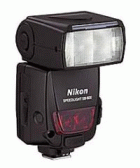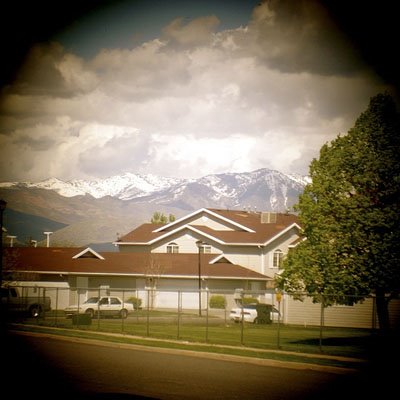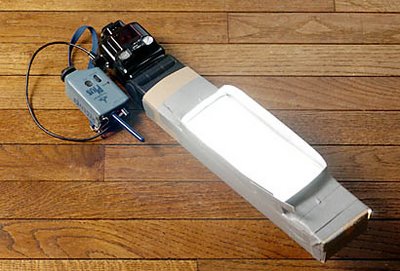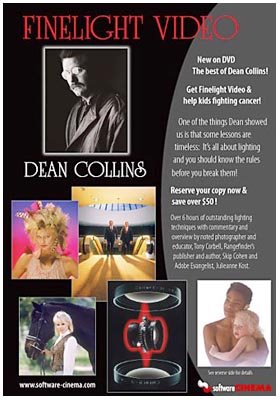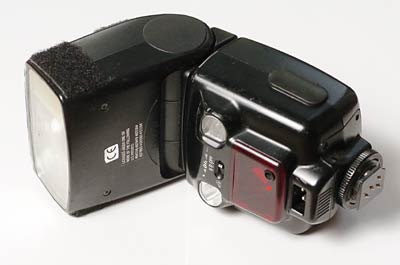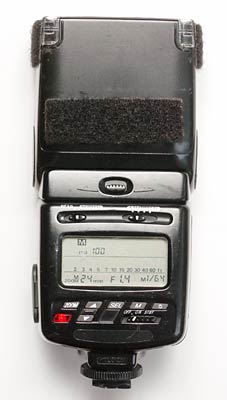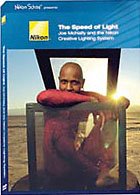WARNING: This is an somewhat off-topic, Sunday afternoon stream-of-consciousness rant.
About 15 years ago, I was reading one of the early photo message boards on AOL.
Photographers - just like everyone else - were just starting to come together and share information in ways that had previously been impractical, if not impossible.
It was a fantastic experience. The cacophony quickly grew to include everyone from young photographers (such as myself at the time) to some of the best shooters in the business.
I would pore through the posts every day, gleaning whatever I could from other people's experiences. I know it's rote habit for may people today. But in the early '90's, it was all new. And I was a kid in a candy store.
A decade and a half later, one of the posts still sticks in my memory. Someone was going to China to shoot a conference of NGO's as the country was just really opening up to the integration of ideas from beyond the Great Wall. So they asked how others would approach covering the event.
As a very green photojournalist, my questions would be:
• What gear should I take?
• Do I need to buy anything for the trip?
• Will the water be safe to drink?
• How do I get access to the important meetings?
I could go on, but the embarrassing point is that I would have been concentrating far too much on the process.
Contact Press Images shooter
Ken Jarecke answered the question in luxurious (for me) detail. And it completely changed the way I thought about my own approach to covering my assignments. Ken was thinking - out loud - like a photojournalist
should be thinking:
• Where are the people in China whose lives could be changed by the NGO's new ideas?
• Given that the event will draw attention to China, are there people who are being displaced (or, "cleared away") to make a better looking stage for the event?
• Are there people who are going, but will be on the "outside?"
• Who are they?
• Why could they not participate?
• How will they be tweaking the system from outside?
This is a brief and incomplete list, but the point is that he immediately starting thinking in ways that would point him to better pictures, while I was wasting time on the low-yield details of the actual trip itself.
This exchanged opened my eyes to the fact that photographers who always seem to have a good batting average just
think differently than the rest of the herd. And I began to realize that the biggest difference between Ken Jarecke and myself is that
he thinks differently than I do.It was a smack-my-own-forehead moment.
Do you think that way? If not, why not?
And when do you expect to
start thinking that way?
I had what I thought was the luxury of youth on my side, assuming I would have plenty of time to grow into my job/career. After all, I was just out of college, so I could not be expected to think on such an efficient level, right?
Well, no. I now realize how stupid and wasteful it was to rely on my youth as an excuse for not having the mental work ethic that I should have had.
What separates you from the photographers you look up to?
Experience? Sure, that counts some.
Gear? OK, but to a much lesser extent.
But, for the most part, it's what they have between their ears. And how hard they are willing to work to use it.
The world great photographers are no different that the world's best athletes, business people, actors, chefs - whatever. They work hard, and they think hard.
And since being a good shooter (or a good "lighter") does not involve any special physical prowess, it comes down to your wrinkly grey matter and how you use it.
A few years ago I had the wonderful experienced of following
Hairspray, a Tony Award-winning Broadway musical, from the very first rehearsal through previews (3,000 miles away from NY City) and on to opening night on Broadway.
Every person involved in the process was just sickeningly talented beyond belief. You know, the kind of people for whom everything seems so easy. Makes you wanna barf, right?
Well, those people - from the 14 year old kid in the cast, to the senior citizens - had one other thing in common: They
worked their butts off every single day. I mean, I got tired just watching them.
Never was anything more clearly apparent to me: Even if you are talented, it is the hard work that pushes you to the next level. Every day.
You work hard and think hard? You raise the bar.
You slack off? You stagnate. Or worse.
For us, "working hard" largely translates to constantly toying with new ideas, trying new techniques, challenging the way we used to think about making photos. Even if "used to" was as recent as the last assignment.
How old do you expect to be, before you'll be making the types of pictures that you really want to make?
20?
30?
Why then? What will be different about you then?
Why wait for another stage in your life to happen and magically transport you to where you want to be?
The answer, of course, is that there is no reason to wait. A reasonably coherent 4th grader has the math skills to be a good shooter. And you do not have to be able to run a 5-minute mile to be a good shooter.
What you
do have to do is to constantly chip away at what you do not know. You have to build your range of technique every day. You have to challenge yourself to think about your assignments in ways that will raise your odds of getting great photos.
You have to stretch yourself to grow.
You certainly can benefit from others' experience - be it through
books,
websites, movies, assisting - whatever.
Speaking of movies, you want to see what one incredibly talented man can do when he shows up ready to give his all, every day? Watch the DVD,
War Photographer. I have never seen a better vicarious channel into the mind of an amazing shooter. It's kind of like the movie, "Being John Malkovich," except you get to crawl inside the mind of James Nachtwey for an hour and a half.
But then you have to go out and do it. Whether that means creating special projects for yourself, shooting assignments in different ways, spending a week with one small light and a small object to see just what you can do, or whatever.
You have to take the next step and apply what you are learning. The synergy of learning something and then experimenting with the new knowledge will create even more new pockets of experience for you to grow on.
If you are older, well, you're not getting any younger. Get on it.
If you are younger, that only means that you most likely have that much more time to get
that much better. If you challenge yourself every day.
In 1998, I was teaching at a conference when I met Yoni Brook, an 18-year-old (at the time) whose photos blew me away. Three years later, I saw an iconic, post 9/11 magazine cover with (21-year-old) Yoni Brook's byline. Didn't surprise me a bit. Nor did it surprise me that he shot it with outdated film from the back of his fridge, snatched up as he was heading down to the site from his NY apartment.
So, when are you gonna learn?



